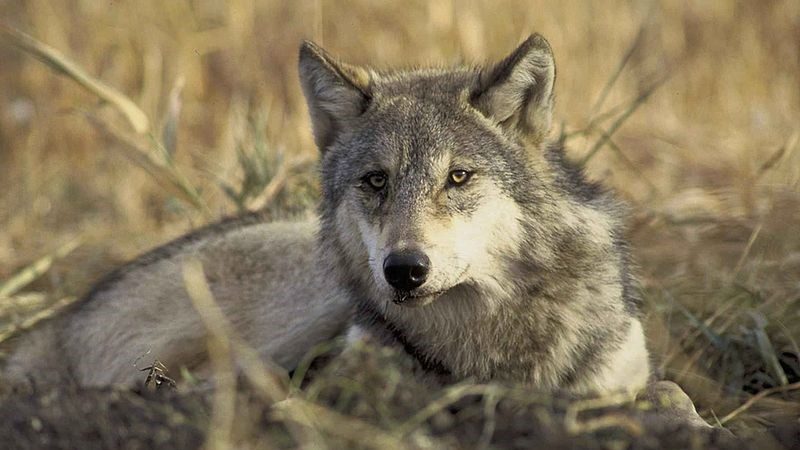DNR Secretary Adam Payne praised the state’s revised wolf management plan, while Wisconsinites from both sides of the issue at a Natural Resources Board meeting in Viroqua cited concerns about it.
Payne at yesterday’s meeting said science was the basis for the revised plan released last week.
“We are pleased to assert that the Wisconsin wolf population has biologically recovered, that we have a healthy and sustainable population, and that the Department of Natural Resources stands ready to have full management authority returned to the state of Wisconsin,” Payne said.
Wisconsin is required by law to hold an annual wolf hunt, and the Department of Natural Resources must draft a management plan to set a quota. But the animals are listed on the federal endangered species list, barring a hunt for now.
>> WisPolitics is now on the State Affairs network. Get custom keyword notifications, bill tracking and all WisPolitics content. Get the app or access via desktop.
Tomahawk resident Laurie Groskopf of Wisconsin Wolf Facts, a group that seeks to provide information about the effects of unmanaged wolves in the state, said the process wasn’t “balanced and inclusive at all.” Two of Groskopf’s hunting dogs were killed by wolves in separate incidents.
Groskopf said the Wolf Management Plan Committee she served on was dominated by tribes, DNR, and groups that support wolf expansion.
“The tribes have made the decision to support unlimited expansion of wolves with no controls. And I don’t feel that having 27.6 percent of the committee in that camp is very fair,” Groskopf said during the meeting.
She argued the wolf plan should do more to reduce wolf conflicts.
“My main objective is not just the people of Wisconsin but also the wolves themselves, because they are bearing the brunt of the decisions being made by a department that wants wolf expansion into central Wisconsin, especially,” Groskopf said.
Great Lakes Wildlife Alliance Executive Director Melissa Smith said she was concerned about the public being heard during the process, particularly as revisions were made after the public comment period had closed.
GLWA was one of 29 groups that served on the Wolf Management Plan Committee.
Smith also said GLWA sees the plan as a “vast improvement” but doesn’t understand why the wolf population goal went from having no cap to the possibility of maintaining between 800 and 1,200 wolves.
The new plan includes a chart juxtaposing possible statewide population sizes with how the state would likely manage the wolves.
At the low end, with less than 650 wolves statewide, the plan indicates the likely response would be to grow the population. At the high end, with more than 1,200 wolves, the state would likely work to decrease the population.
“So I do want you to consider that it doesn’t feel transparent to some of us on the outside,” Smith said.
DNR is accepting written comments on the draft rule through Sept. 12. The NRB is set to vote on the plan at its Oct. 25 meeting.
See the plan here.




